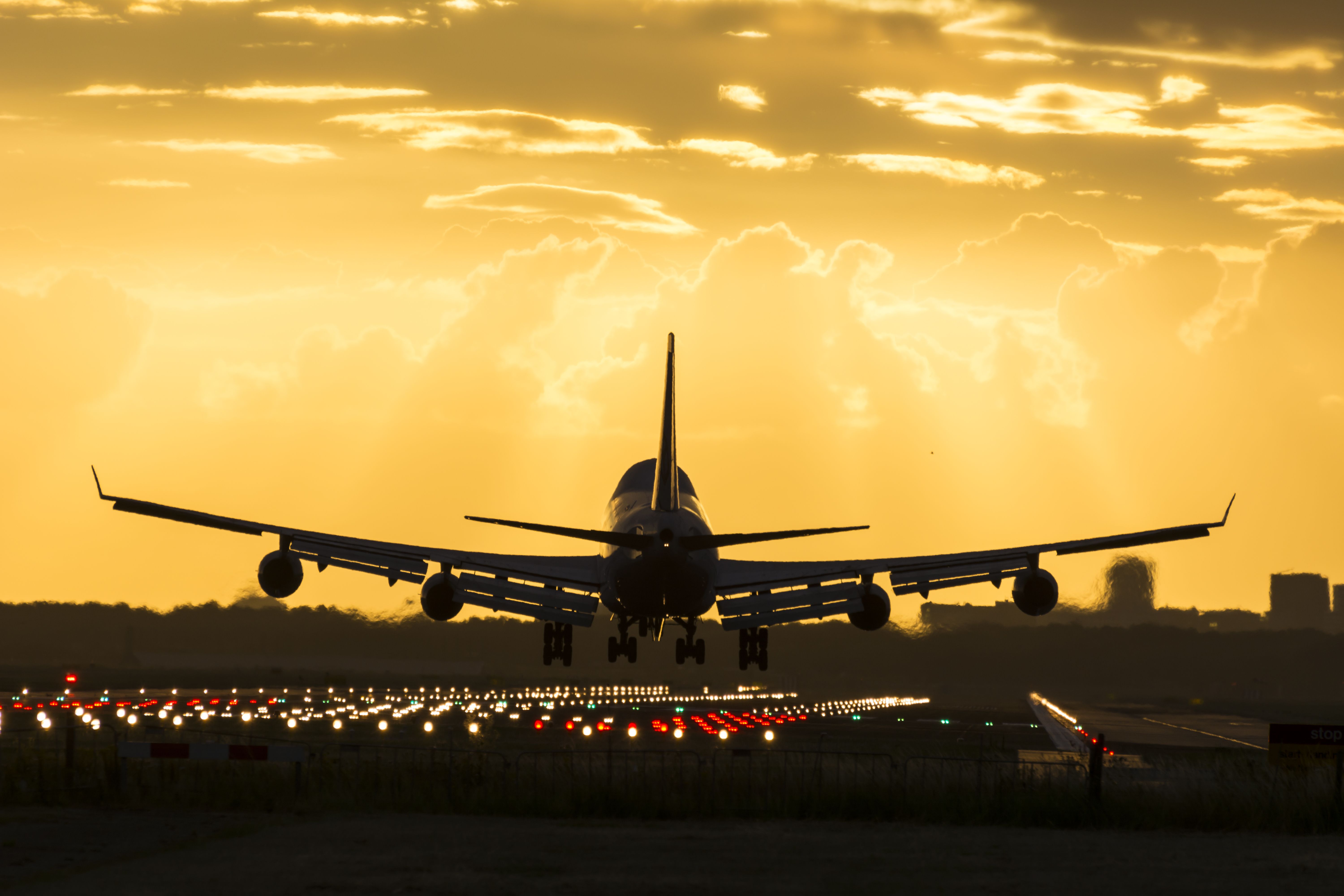Nowadays, it is rare to find a widebody aircraft without seatback entertainment screens. Long-haul travelers (and short-haul too, in some markets) can enjoy an increasing range of films and series or simply track their flight's progress on a moving map. Yet, entertainment screens are not the only technology to have been installed as part of aircraft seats. Indeed, seatback telephones also used to be present on certain planes.
Airfone
The most notable seatback radio-telephone service went by the name of Airfone. MCI Communications founder John D Goeken came up with the idea in the 1970s. This was a key decade for mobile telephone technology, with car phone services such as Germany's A-Netz reaching their peak during this period of enhanced communication.
Western Union purchased a 50% share in Airfone in 1981. Meanwhile, SkyTeam founding member Delta Air Lines became the first US carrier to offer the service. With Airfone, Delta's (and later other airlines') passengers could make air-to-ground calls.
There would typically be a phone for each block of three seats, but first class eats often had individual handsets. Airfone also saw use in Canada, where Bell Mobility rolled out the technology on Air Canada flights branded as 'Skytel.'
The novelty of Airfone came at a cost. By 2006, the service cost $3.99 per call and $4.99 a minute. That being said, Verizon customers could use the phones at reduced rates in the form of a subscription service costing $10 a month and $0.10 per call.
Alternatively, they could pay $0.69 per call and forego the aforementioned monthly charge. Several traveling businesspeople would have found the tool valuable when in the skies for several hours at a time on a regular basis.
Get the latest aviation news straight to your inbox: Sign up for our newsletters today.
A second system
Airfone's main competitor was known as Air One, and Claircom Communications ran this service. Claircom itself was a division of telecommunications giant AT&T. Certain Delta planes had this system, as well as aircraft at American and Northwest Airlines. Claircom elected to discontinue its Air One air-to-ground phone service in 2002.
These systems saw extensive use on the day of the 9/11 attacks in 2001. Passengers on hijacked aircraft that day made calls using the seatback telephones on the American and United 757s and 767s in question. An eagle-eyed reader also pointed out to Simple Flying that the film 'Flight 93' features passengers making phone calls on such phones.
Love aviation history? Discover more of our stories here.
The end of the line
Despite the tremendous novelty of the technology, seatback telephones slowly but surely became obsolete. Despite experimenting with modem calls and data service after the turn of the century, by 2004, only two or three passengers were using Airfone on flights where it was offered. This was the beginning of the end for seatback telephones on aircraft.
Verizon eventually opted to discontinue its relationship with Airfone 2006, again citing low use. This saw carriers like US Airways and Delta remove their Airfone handsets from the aircraft in question. Inflight connectivity has since come a long way, and inflight WiFi now allows us to stay in touch with those on the ground at the touch of a button.
After all, modern cell phones have more memory than the aircraft that used to host the seatback phones.
The inflight communications space is still highly competitive. Some airlines focus on earning extra ancillary income via pricey WiFi options, while others pride themselves on offering a free service in this department. There will soon be further shake-ups in this field. For instance, the European Union is paving the way for 5G in aircraft.
This initiative could be a game-changer. Even though inflight WiFi allows passengers to keep in touch with what's happening on the ground, the quality is often lackluster. Going forward, clear and consistent video and audio calls could become a staple on several routes. Looking back, plenty has changed in a relatively short amount of time regarding inflight calls. Such is the nature of the ever-evolving tech industry.
What are your thoughts about the history of seatback telephones on widebody aircraft? Perhaps you even used one yourself back in the day? Let us know your thoughts and experiences in the comment section.

